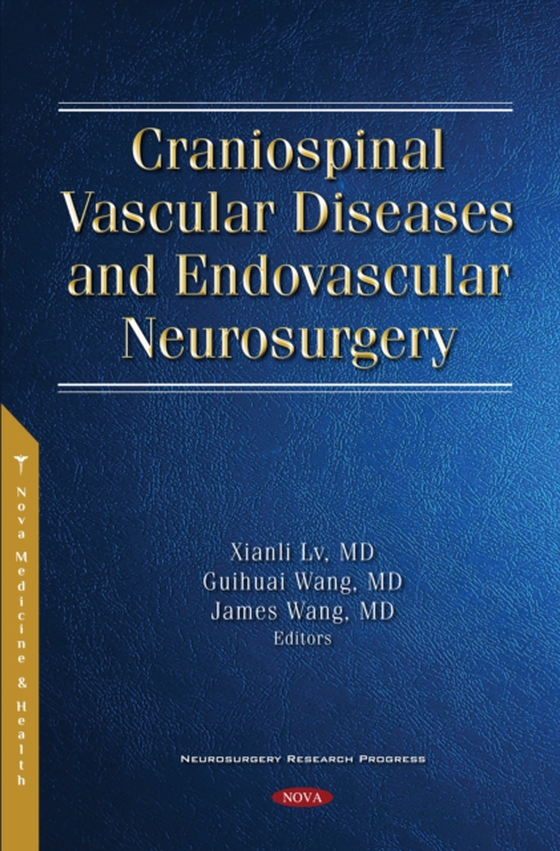
Craniospinal Vascular Diseases and Endovascular Neurosurgery e-bog
2921,57 DKK
(inkl. moms 3651,96 DKK)
Endovascular neurosurgery is now the most commonly practiced therapeutic approach for most vascular lesions involving the brain and spinal cord. At the beginning, balloons were the only available technique; later coils, embolic agents, and stents are introduced. With the expansion of endovascular devices and techniques, the treatment strategies for cerebrospinal vascular diseases have been refi...
E-bog
2921,57 DKK
Forlag
Nova Medicine and Health
Udgivet
18 marts 2021
Længde
496 sider
Genrer
MNJ
Sprog
English
Format
pdf
Beskyttelse
LCP
ISBN
9781536193572
Endovascular neurosurgery is now the most commonly practiced therapeutic approach for most vascular lesions involving the brain and spinal cord. At the beginning, balloons were the only available technique; later coils, embolic agents, and stents are introduced. With the expansion of endovascular devices and techniques, the treatment strategies for cerebrospinal vascular diseases have been refined. Neurosurgeons must have the mindset to embrace and nurture progress and technological advances. The pioneers of endovascular neurosurgery considered the impossible and tenaciously stood by their dreams. Their revolutionary ideas and inventions truly reflected their courage, faith, and determination. The shift away from open surgical approaches has had far-reaching implications for how we train neurosurgical residents and fellows and how we certify these individuals once their training is completed. With the maturity of endovascular neurosurgery technology, we need to give the resident and fellow training for neurovascular surgery. This book describes the endovascular diagnosis and treatment of vascular lesions involving the brain and spinal cord using catheters in the DSA (digital subtraction angiography) unite. The field of endovascular neurosurgery has resulted in effective endovascular therapies for carotid-cavernous fistulas(CCFs), intracranial aneurysms, arteriovenous malformations (AVMs), dural arteriovenous fistulas, atherosclerosis of cerebral arteries, acute stroke, carotid artery disease, and vascular tumors of the head, neck, and spinal vascular malformations and tumors. The scope of practice of neurovascular endovascular surgery has become complex, requiring training in specific skill sets and techniques. The evolution of the neuroendovascular field has resulted in the development of program requirements for residency or fellowship education in endovascular neurosurgery.
 Dansk
Dansk

